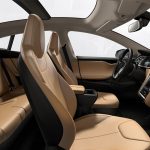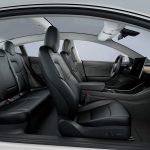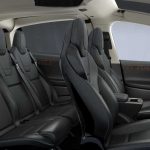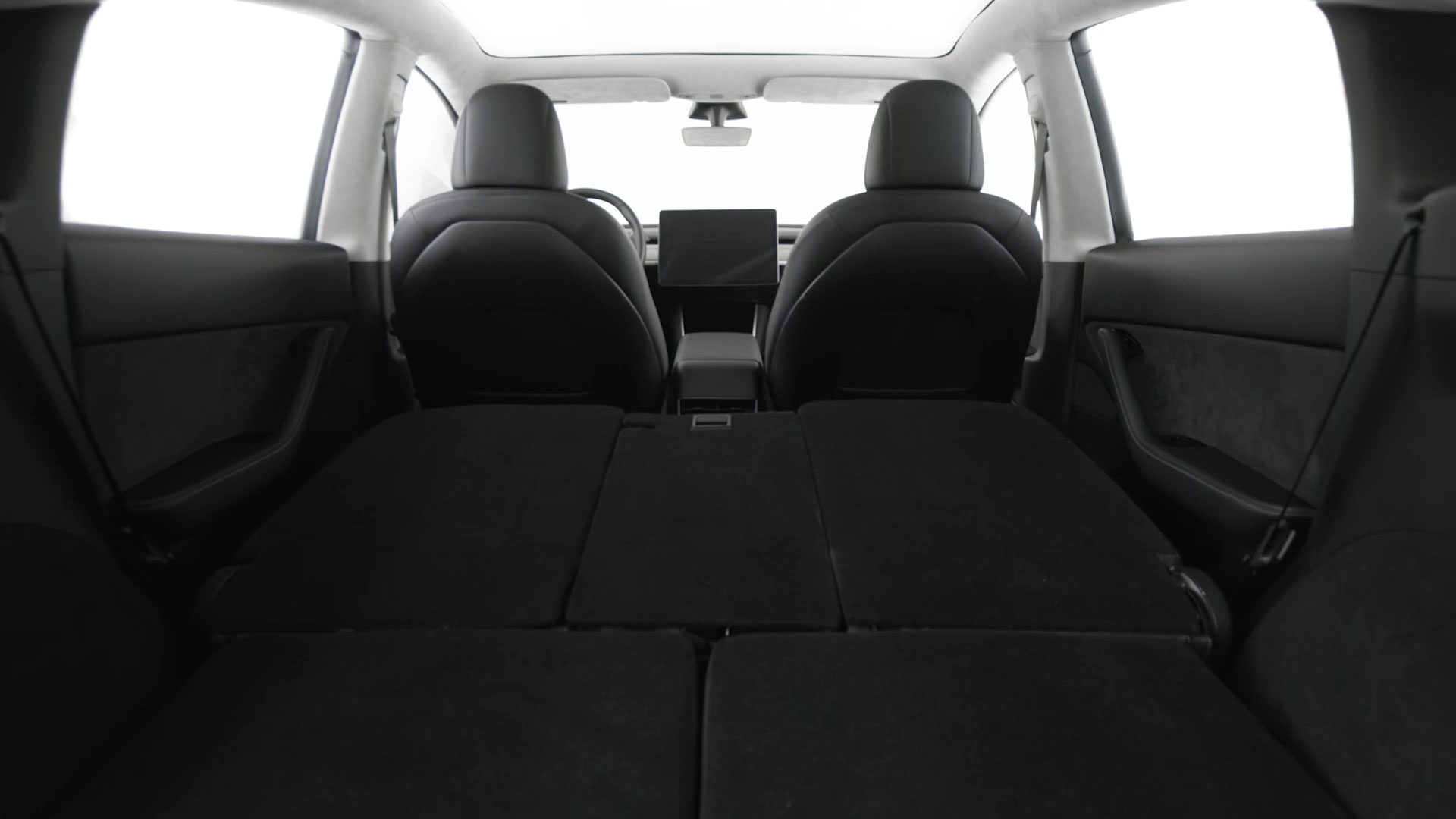
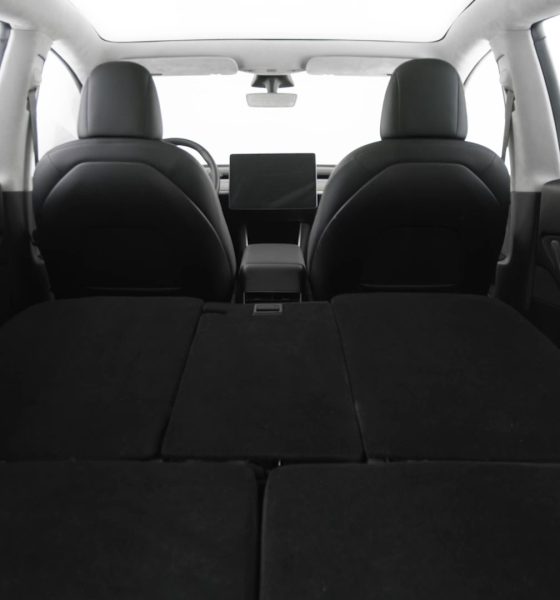
News
The Model Y’s glass roof is Tesla’s best yet, and it can redefine car camping trips
Teslas are known for many things: their quickness in 0-60 mph sprints, their dominance in drag races, their extended range, their Supercharger Network, and lately, even their proficiency on the track. Apart from these, Teslas are also known for their futuristic interiors, which are represented perfectly by the vehicles’ stunning glass roofs.
The glass roofs on the Model S, Model X, and Model 3 today make the vehicles extraordinarily airy and spacious, and for a good reason. While it’s true that the glass roofs provide Tesla’s electric cars a lot of natural light, they also help optimize the space in the cabin, adding precious centimeters’ worth of headroom for passengers. Safety tests have also proven that Tesla’s glass roofs are durable, with the Model 3’s roof withstanding over 20,000 lbs of force during the NHTSA’s evaluation.
Tesla’s penchant for equipping its vehicles with glass roofs started with the Model S, the company’s first EV that it designed from the ground up. The large premium sedan’s glass roof proved popular among buyers, though a good number of Model S owners preferred the convenience of a panoramic sunroof instead. Between the two, the Model S’ sunroof provided more utility, though it also required having a bar across the sedan’s otherwise seamless roof.
- (Credit: Tesla)
- (Credit: Tesla)
- (Credit: Tesla)
The Model X is Tesla’s largest vehicle, and it comes with arguably one of the most massive windshields among SUVs available today. Just like the Model S with sunroofs, however, the Model X’s roof also provides a somewhat obstructed view, thanks to the mechanism of its Falcon Wing Doors. The Model 3 is quite the same, with its glass roof being slightly obstructed by a bar that runs between its B-pillars.
The Model Y, on the other hand, seems to be equipped with Tesla’s best glass roof yet, hands down. Teaser images and videos of the Model Y’s interior show a seamless glass roof that’s quite similar to the Model S, offering passengers a completely unobstructed view from the cabin. But unlike the Model S, the Model Y is designed for the mass-market, which means that it is priced far more aggressively than the flagship sedan.
Both are sickkkkk! Here's the panoramic glass roof on @Tesla Model Y!! $TSLA #Tesla #ModelY #EV @elonmusk
😍⬇️ pic.twitter.com/xZ3o5rE4RJ— Tesla New York (@TeslaNY) August 10, 2019
The Tesla Model Y starts at $52,990 for a Long Range Dual Motor AWD variant. For that price, buyers of the vehicle will get a crossover with 66 cu ft of space for cargo, a 315-mile EPA range, basic Autopilot, and a glass roof that spans the vehicle’s entire cabin. Considering the Model Y’s designation as a crossover, its roof alone would make it the best camping vehicle, hands down.
Tesla has rolled out a Camp Mode feature for its vehicles, providing owners with a way to sleep comfortably in their electric car overnight. The feature even comes with an Easter Egg within an Easter Egg in the form of a Cybertruck. With Camp Mode engaged, Tesla enthusiasts can spend the night in their Model Y with a full view of the sky above, all while enjoying a cabin that’s adjusted for the perfect temperature.
That’s a combination that’s pretty hard to beat in terms of comfort and cool factor. It does, in a way, transform the Model Y into a spacious, reasonably priced, mobile hotel room of sorts, providing car campers with protection from the elements and a killer view of the outside.

Elon Musk
SpaceX issues statement on Starship V3 Booster 18 anomaly
The incident unfolded during gas-system pressure testing at the company’s Massey facility in Starbase, Texas.

SpaceX has issued an initial statement about Starship Booster 18’s anomaly early Friday. The incident unfolded during gas-system pressure testing at the company’s Massey facility in Starbase, Texas.
SpaceX’s initial comment
As per SpaceX in a post on its official account on social media platform X, Booster 18 was undergoing gas system pressure tests when the anomaly happened. Despite the nature of the incident, the company emphasized that no propellant was loaded, no engines were installed, and personnel were kept at a safe distance from the booster, resulting in zero injuries.
“Booster 18 suffered an anomaly during gas system pressure testing that we were conducting in advance of structural proof testing. No propellant was on the vehicle, and engines were not yet installed. The teams need time to investigate before we are confident of the cause. No one was injured as we maintain a safe distance for personnel during this type of testing. The site remains clear and we are working plans to safely reenter the site,” SpaceX wrote in its post on X.
Incident and aftermath
Livestream footage from LabPadre showed Booster 18’s lower half crumpling around the liquid oxygen tank area at approximately 4:04 a.m. CT. Subsequent images posted by on-site observers revealed extensive deformation across the booster’s lower structure. Needless to say, spaceflight observers have noted that Booster 18 would likely be a complete loss due to its anomaly.
Booster 18 had rolled out only a day earlier and was one of the first vehicles in the Starship V3 program. The V3 series incorporates structural reinforcements and reliability upgrades intended to prepare Starship for rapid-reuse testing and eventual tower-catch operations. Elon Musk has been optimistic about Starship V3, previously noting on X that the spacecraft might be able to complete initial missions to Mars.
Investor's Corner
Tesla analyst maintains $500 PT, says FSD drives better than humans now
The team also met with Tesla leaders for more than an hour to discuss autonomy, chip development, and upcoming deployment plans.
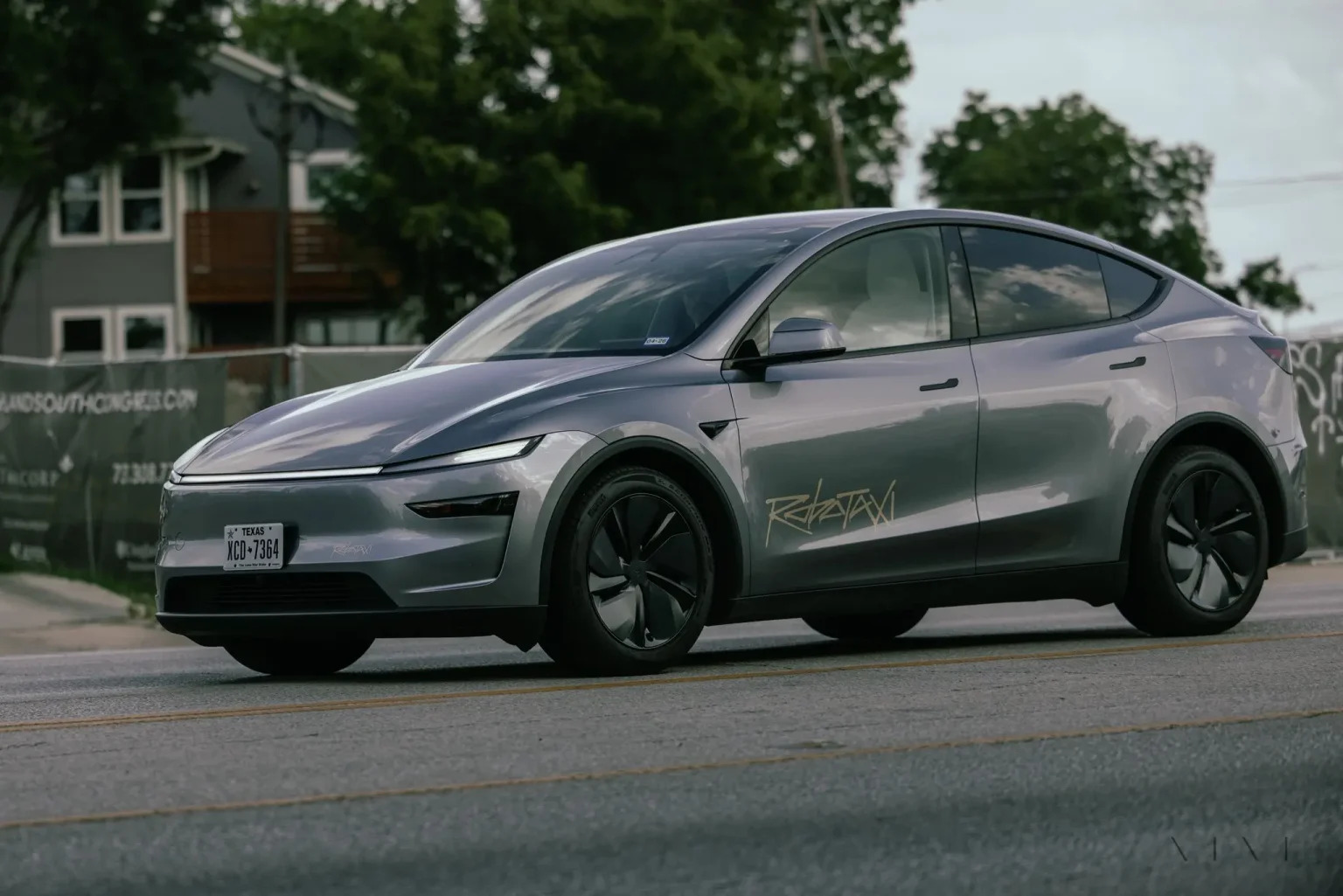
Tesla (NASDAQ:TSLA) received fresh support from Piper Sandler this week after analysts toured the Fremont Factory and tested the company’s latest Full Self-Driving software. The firm reaffirmed its $500 price target, stating that FSD V14 delivered a notably smooth robotaxi demonstration and may already perform at levels comparable to, if not better than, average human drivers.
The team also met with Tesla leaders for more than an hour to discuss autonomy, chip development, and upcoming deployment plans.
Analysts highlight autonomy progress
During more than 75 minutes of focused discussions, analysts reportedly focused on FSD v14’s updates. Piper Sandler’s team pointed to meaningful strides in perception, object handling, and overall ride smoothness during the robotaxi demo.
The visit also included discussions on updates to Tesla’s in-house chip initiatives, its Optimus program, and the growth of the company’s battery storage business. Analysts noted that Tesla continues refining cost structures and capital expenditure expectations, which are key elements in future margin recovery, as noted in a Yahoo Finance report.
Analyst Alexander Potter noted that “we think FSD is a truly impressive product that is (probably) already better at driving than the average American.” This conclusion was strengthened by what he described as a “flawless robotaxi ride to the hotel.”
Street targets diverge on TSLA
While Piper Sandler stands by its $500 target, it is not the highest estimate on the Street. Wedbush, for one, has a $600 per share price target for TSLA stock.
Other institutions have also weighed in on TSLA stock as of late. HSBC reiterated a Reduce rating with a $131 target, citing a gap between earnings fundamentals and the company’s market value. By contrast, TD Cowen maintained a Buy rating and a $509 target, pointing to strong autonomous driving demonstrations in Austin and the pace of software-driven improvements.
Stifel analysts also lifted their price target for Tesla to $508 per share over the company’s ongoing robotaxi and FSD programs.
Elon Musk
SpaceX Starship Version 3 booster crumples in early testing
Photos of the incident’s aftermath suggest that Booster 18 will likely be retired.
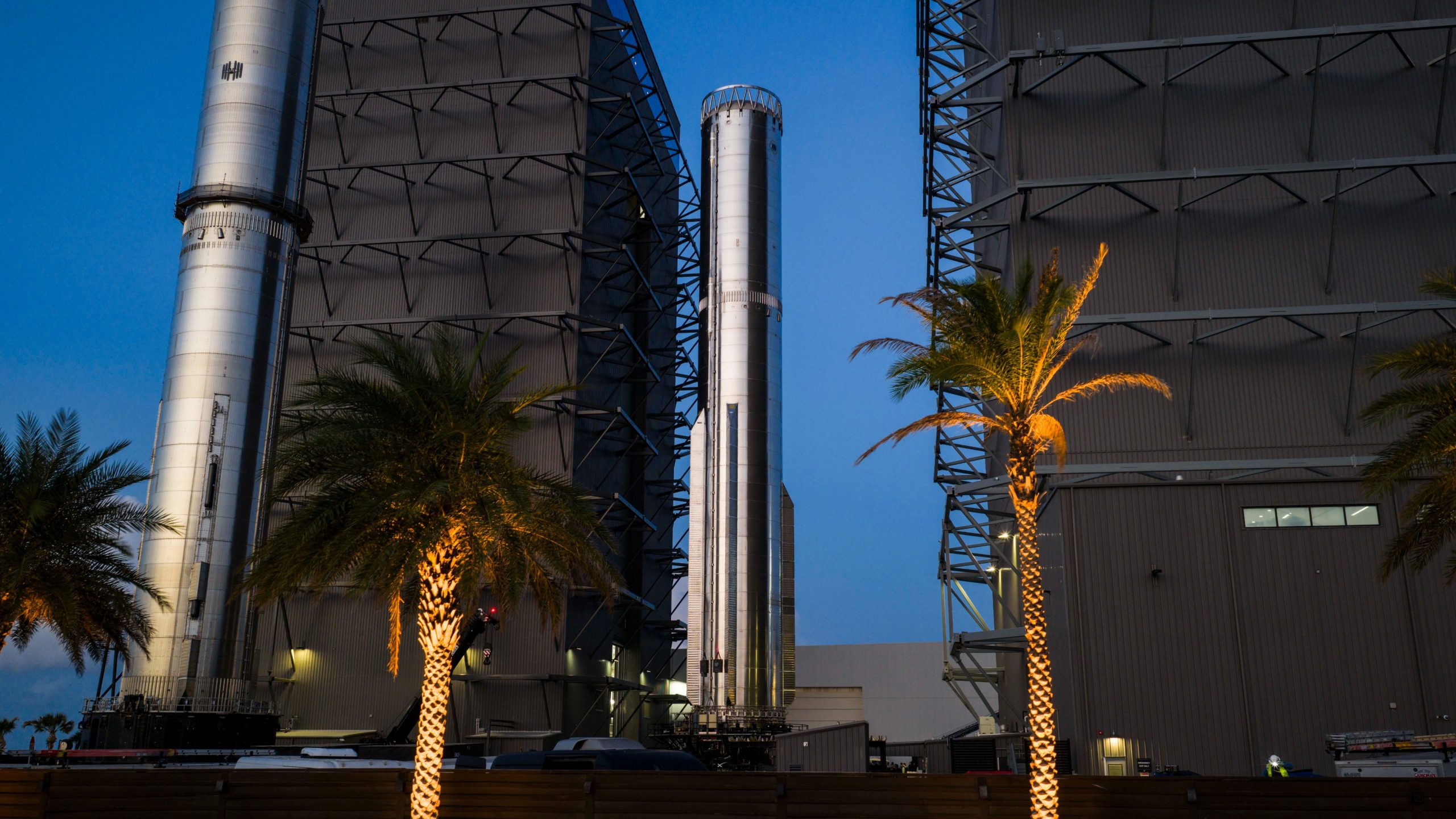
SpaceX’s new Starship first-stage booster, Booster 18, suffered major damage early Friday during its first round of testing in Starbase, Texas, just one day after rolling out of the factory.
Based on videos of the incident, the lower section of the rocket booster appeared to crumple during a pressurization test. Photos of the incident’s aftermath suggest that Booster 18 will likely be retired.
Booster test failure
SpaceX began structural and propellant-system verification tests on Booster 18 Thursday night at the Massey’s Test Site, only a few miles from Starbase’s production facilities, as noted in an Ars Technica report. At 4:04 a.m. CT on Friday, a livestream from LabPadre Space captured the booster’s lower half experiencing a sudden destructive event around its liquid oxygen tank section. Post-incident images, shared on X by @StarshipGazer, showed notable deformation in the booster’s lower structure.
Neither SpaceX nor Elon Musk had commented as of Friday morning, but the vehicle’s condition suggests it is likely a complete loss. This is quite unfortunate, as Booster 18 is already part of the Starship V3 program, which includes design fixes and upgrades intended to improve reliability. While SpaceX maintains a rather rapid Starship production line in Starbase, Booster 18 was generally expected to validate the improvements implemented in the V3 program.
Tight deadlines
SpaceX needs Starship boosters and upper stages to begin demonstrating rapid reuse, tower catches, and early operational Starlink missions over the next two years. More critically, NASA’s Artemis program depends on an on-orbit refueling test in the second half of 2026, a requirement for the vehicle’s expected crewed lunar landing around 2028.
While SpaceX is known for diagnosing failures quickly and returning to testing at unmatched speed, losing the newest-generation booster at the very start of its campaign highlights the immense challenge involved in scaling Starship into a reliable, high-cadence launch system. SpaceX, however, is known for getting things done quickly, so it would not be a surprise if the company manages to figure out what happened to Booster 18 in the near future.
